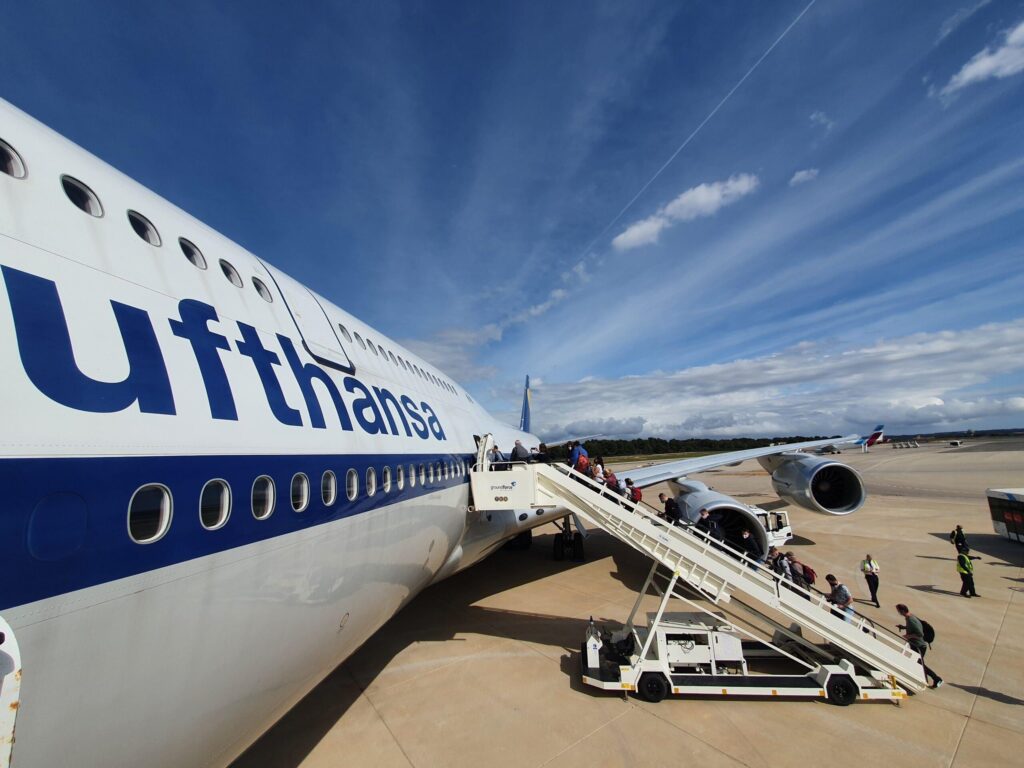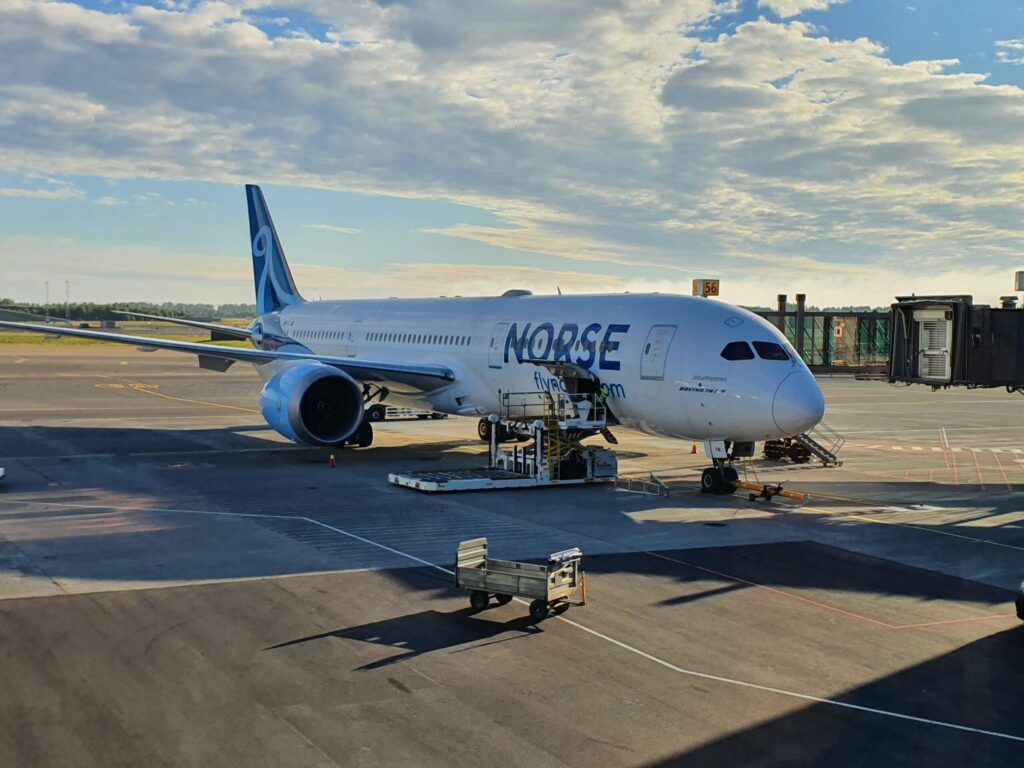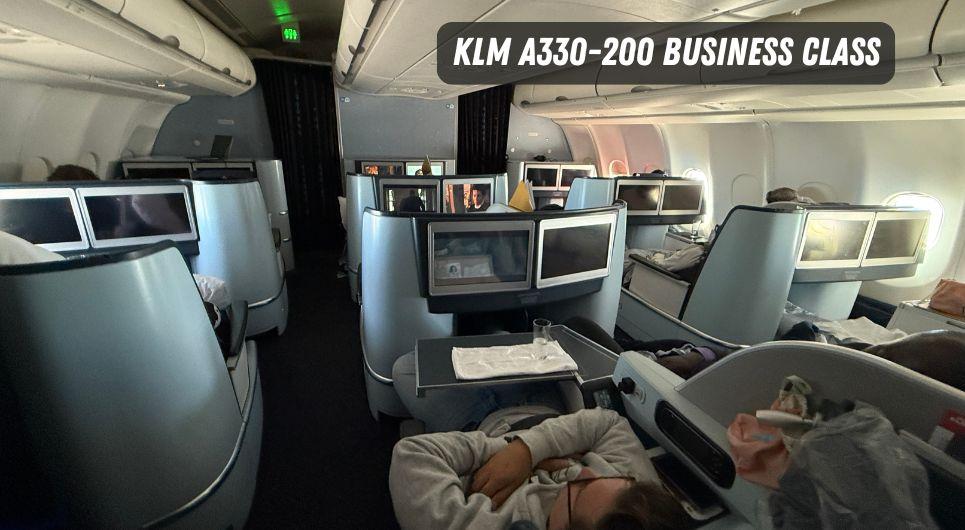
International Cat Day 2025: Feline-Friendly Flight Hacks
International Cat Day 2025 promises a fantastic opportunity for cat enthusiasts like me to take to the skies with our feline friends. I’ve learned over time that traveling with cats can be delightfully rewarding, but it requires dedication, research, and plenty of planning. From the right documents to carrier choices, I’m excited to share what I’ve discovered while expanding on the basics provided by experienced pet travelers, veterinarians, and fellow enthusiasts.
1. Secure the Right Travel Documents
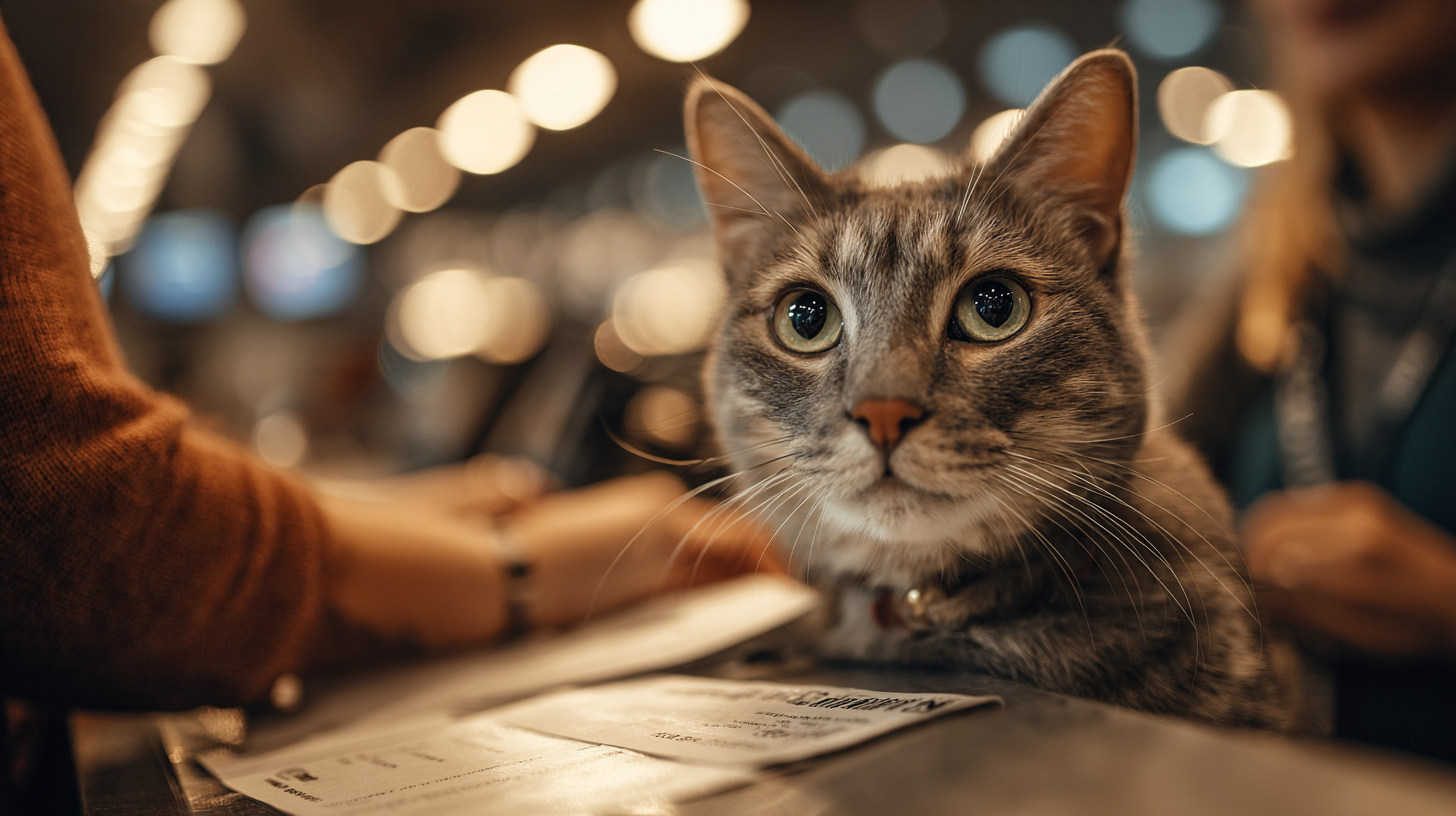
Over the years, I’ve observed that proper paperwork often means the difference between a smooth journey and a stressful one. Most international destinations demand documentation such as an up-to-date rabies certificate, a microchip registration, and a vet-issued health certificate. According to the American Veterinary Medical Association (AVMA), verifying these records at least a month in advance of your trip reduces the risk of last-minute issues.
In my own travels, I’ve found local veterinary offices can be lifesavers when confirming each country’s unique pet requirements. Some places require parasite treatments or additional lab tests, so it helps to start the process early. I personally always bring extra copies of vet records in both print and digital format—just in case an airline agent or customs official needs to keep a copy. Being overprepared on documentation has saved me more than once, reinforcing how crucial thorough proof of your cat’s health really is.
When exploring new destinations, I rely on official government websites for accurate entries on pet import rules. Some countries, for example, enforce specific quarantine periods, and it’s best to budget additional time and potential costs. Having a calm conversation with your vet or a pet relocation specialist can clarify complicated requirements and help ensure your cat meets every regulation.
2. Choose the Best Carrier and Upgrade Your Cat’s Comfort
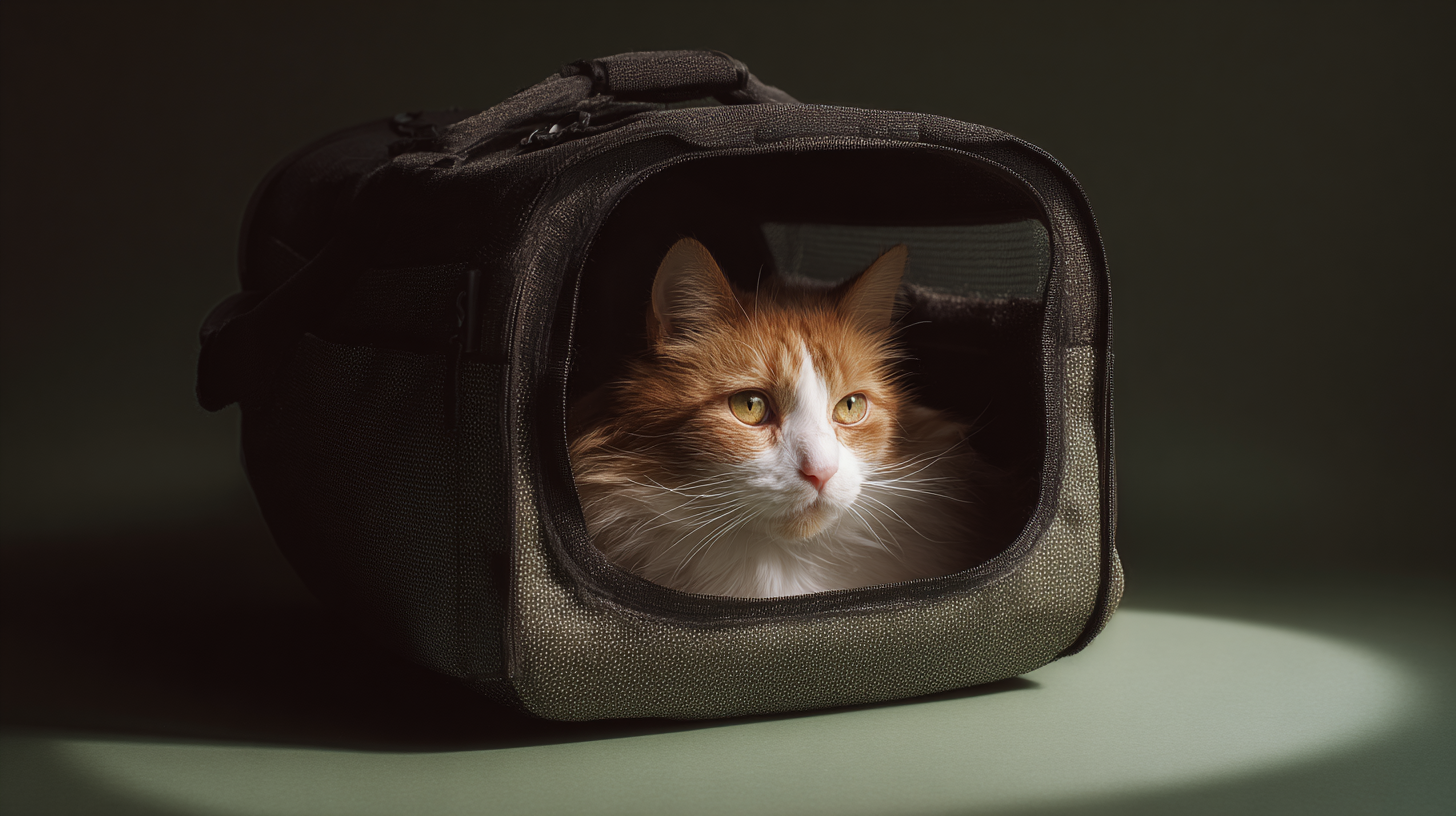
The carrier you select can radically enhance—or detract from—your cat’s in-flight experience. I’ve tested various styles, from small, soft-sided carriers to heavy-duty crates. According to guidelines from the International Air Transport Association (IATA), the carrier must have ample ventilation and space. I learned the hard way that brachycephalic (short-nosed) breeds like Persians need extra airflow to breathe well, so choosing a carrier with extensive mesh panels helps keep them comfortable.
What I typically do is introduce the carrier at home many weeks before the trip. Placing familiar bedding or clothing with a favorite scent inside helps the cat associate the carrier with a positive experience. If your cat seems especially anxious, pheromone sprays or treats can help. I remember one cat I traveled with brightened up every time I tossed in a favorite toy—just that little reassurance can make a big difference.
Upgrading comfort doesn’t have to be complicated; a simple plush lining or a removable fleece mat can soothe your cat. Some travelers prefer collapsible carriers that expand to give more space. I always measure the maximum dimensions allowed by the airline to avoid surprises at the check-in counter. If you’re flying cargo, ensure the crate offers enough space for standing and turning around comfortably, especially for longer flights. Comfort can truly shape your cat’s overall flying experience.
3. Prepare for Airline Rules & Potential Pet-Fee Waivers
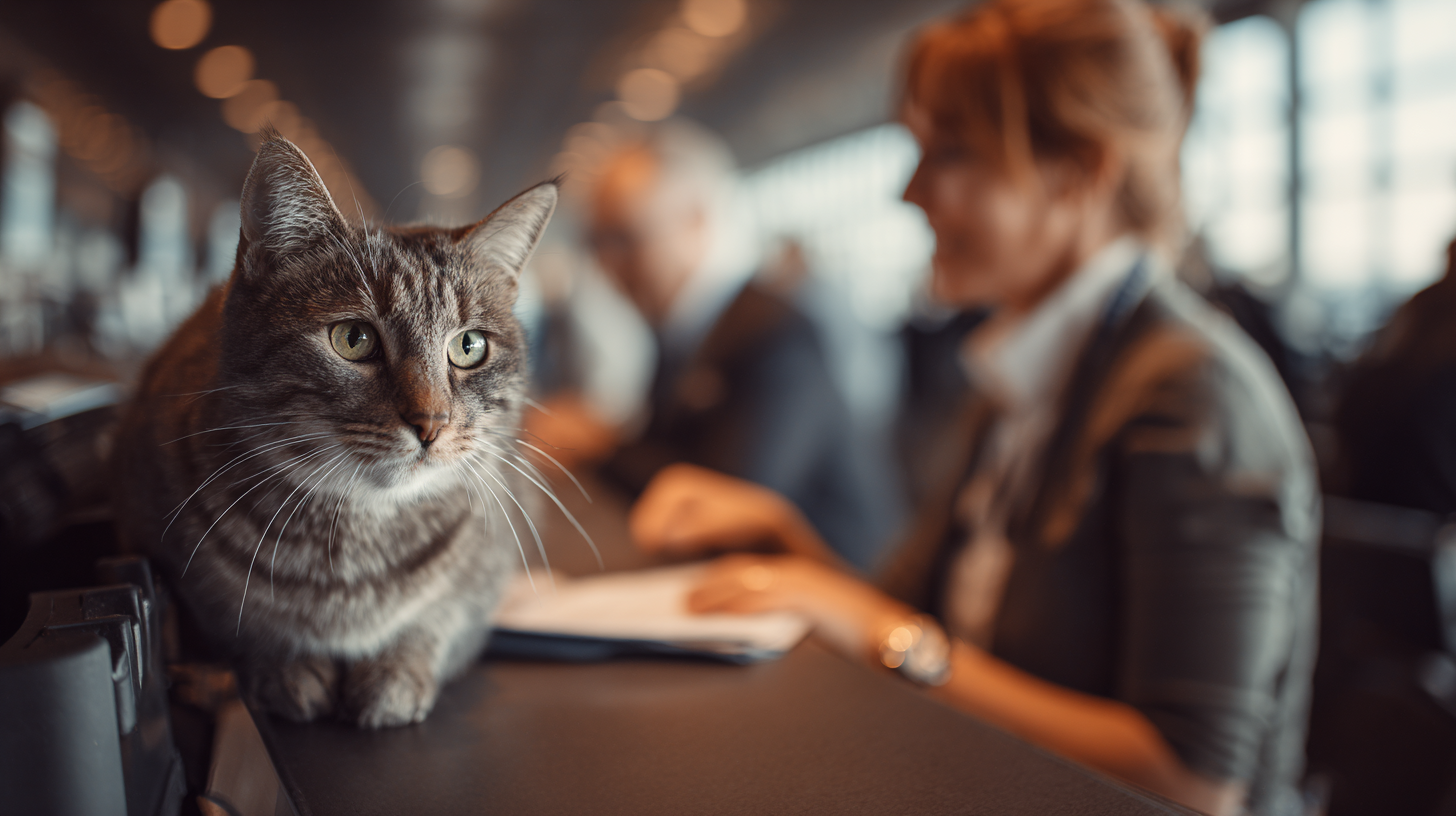
Airline policies can feel like a puzzle. Some carriers allow small cats in the cabin if they fit under the seat, but others may require cargo placement. American, Delta, and United often have limits on how many pets can fly in-cabin on each flight. I’ve seen that fees can reach anywhere from $100 to $250 each way, and cargo shipping can exceed $1,000—serious costs if you’re moving or traveling frequently.
However, I’ve noticed that certain frequent-flyer credit cards and loyalty programs occasionally waive pet fees or reduce them dramatically. The best deals often pop up during special events like International Cat Day celebrations. A recent study suggests that loyalty programs can save travelers hundreds of dollars a year when combined with waived pet travel fees, so staying on top of airline promotions pays off.
When booking, I typically call the airline directly to confirm pet reservations, since online bookings can be limited or inadvertently overbook the available pet spots. This helps solidify a space for my cat, and I’m able to ask questions about any additional fees or forms required. Transparency from both you and the airline ensures a streamlined process at the airport.
4. Practice Calming Techniques and Gather Essentials

Even the most laid-back cat can become stressed when faced with new sounds, smells, or crowded terminals. Real-world experience taught me that short trial runs—like quick car rides or visits to busy streets—can help a cat adjust. Gradually easing them into noisier environments often makes a world of difference come flight time.
I recommend a thorough vet check-up before departure. Besides ensuring your cat is healthy, this is the time to discuss any travel-related medications. Some cats do well with mild sedatives or natural remedies, while others only need a bit of reassurance. One of my cats perked right up when I simply placed a calming collar on her; each cat is different, so pay attention to their cues.
Don’t forget a well-stocked travel kit. Aside from food and water, try including wet wipes for small spills, a collapsible litter box, and any necessary prescriptions. GPS trackers placed on the carrier can also bring peace of mind. According to industry data, more pet owners are investing in tracking devices—especially when traveling internationally—just to be safe.
5. Ensure Seamless Arrival and Accommodations
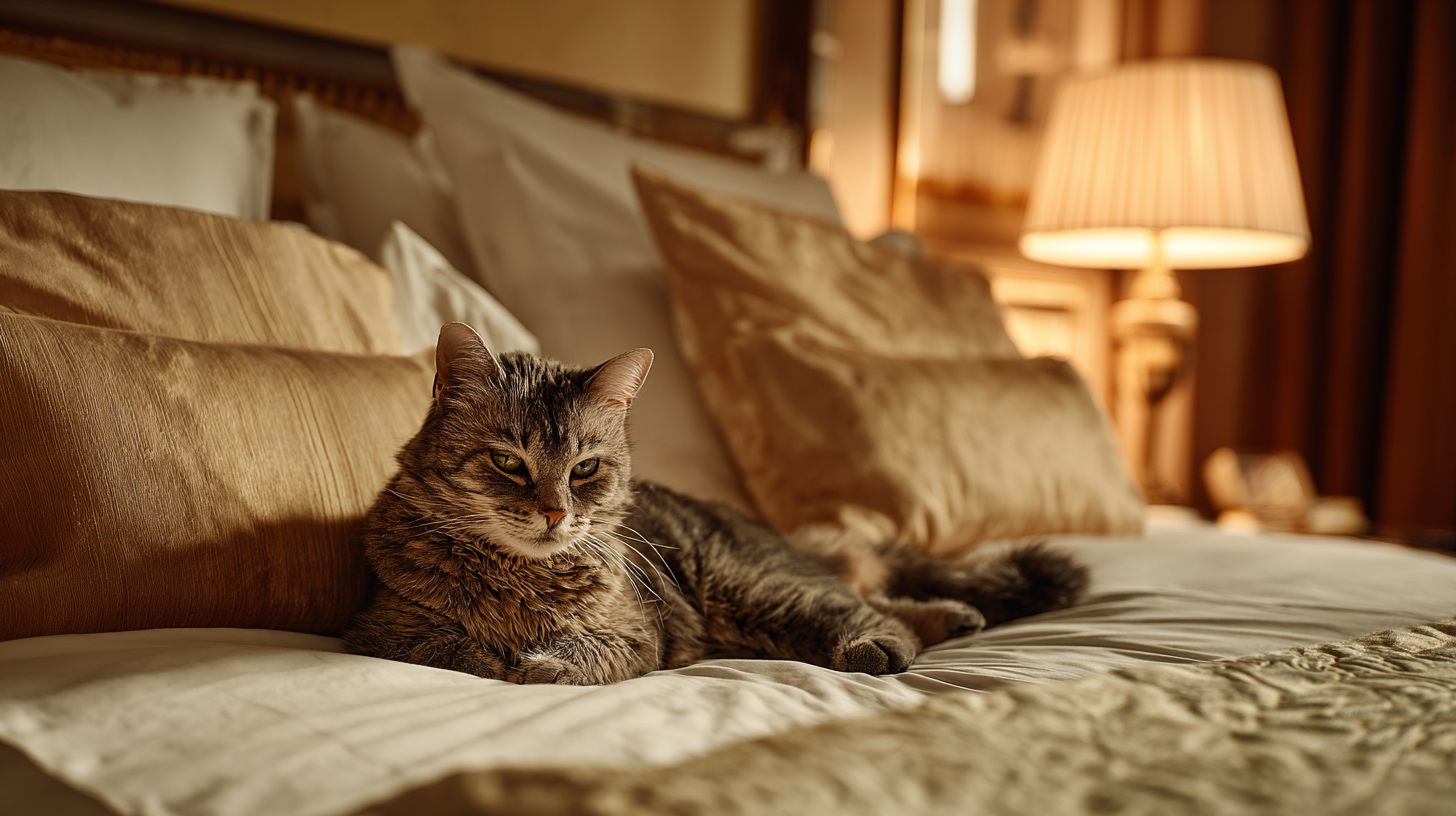
Arriving in a new city or country with a stressed cat can be challenging, so I usually plan accommodations that welcome pets wholeheartedly. Pet-friendly hotels or vacation rentals sometimes provide extras like cat beds or scratching posts, making the transition easier for everyone. If I’m staying longer, I look for parks or green spaces nearby to foster a more relaxing atmosphere.
Opting for direct flights when possible is not just a convenience; it can dramatically reduce stress for you and your cat. Layovers might mean transferring carriers or waiting in unfamiliar terminals. I recall a situation where a long layover required my cat to remain confined for multiple hours—woefully unpleasant for both of us. That’s why I now aim for the most seamless route I can find.
Once settled, I love spoiling my cat with treats or new toys, which helps offset the stress of travel. Even shopping online can be enticing—some pet retailers run freebies like shipping discounts on cat accessories. Rewards or small tokens not only help my feline friend relax but also reinforce a positive connection to travel. After all, a happy cat usually means a happier traveler.
Final Thoughts
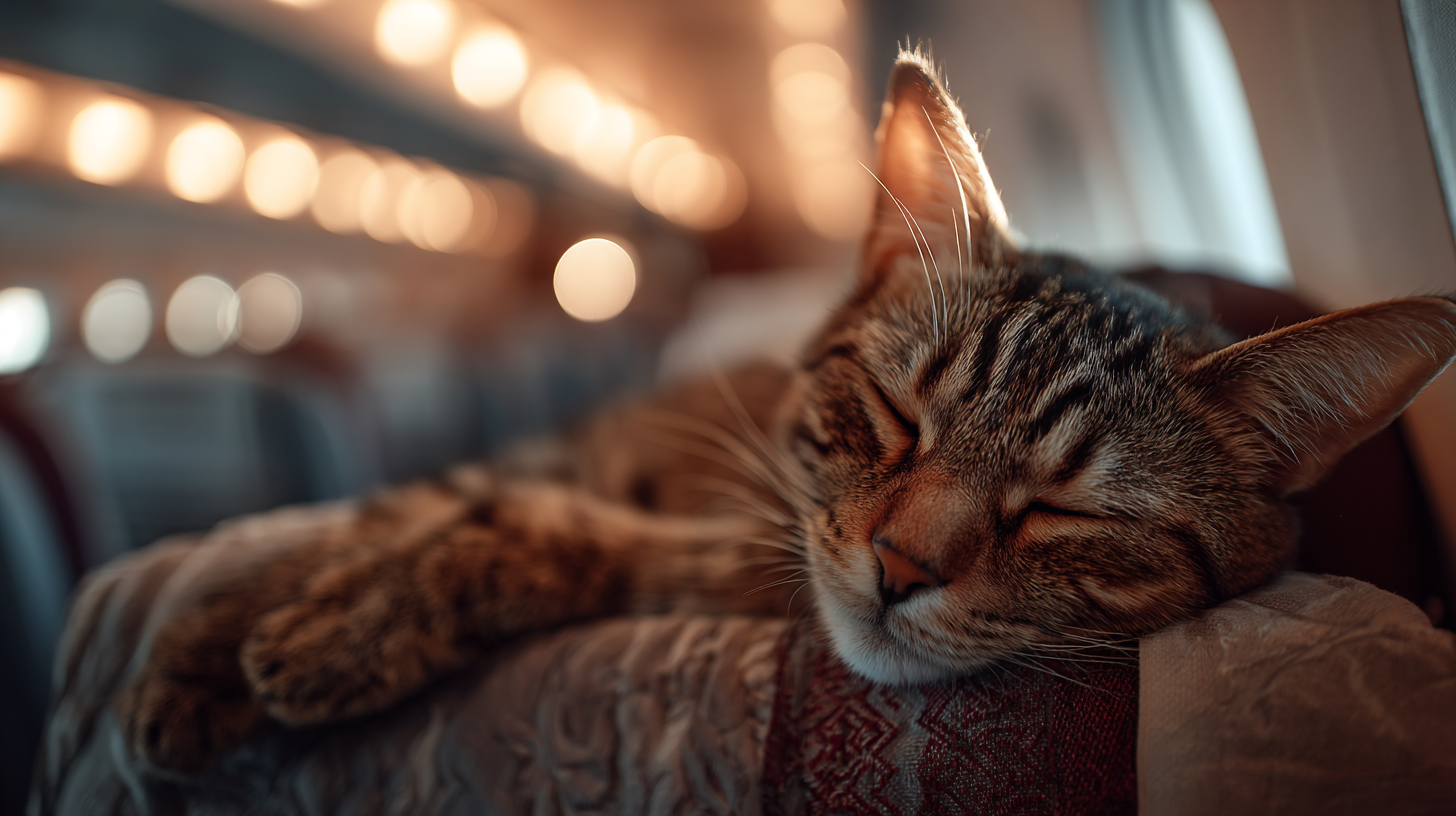
Traveling with cats in 2025 doesn’t have to be a difficult feat. With solid preparation and attention to detail—from the right documents to exploring airline pet-fee promotions—you can transform what might have been a stressful journey into a more pleasant and memorable adventure. My experiences have shown me that small steps, like calming carriers or a few extra creature comforts, can have a lasting impact on your cat’s well-being.
Every successful trip feels like a milestone, and I’ve come to see how taught, informed decisions pay off over time. Whether it’s ensuring the cat’s paperwork is current or staying on top of the latest travel deals, consistent research and preparation are key. Hopefully, these essentials will guide you toward a more feline-friendly future in air travel.
Brad Lightall’s Take
When it comes to flying with cats, I’m a firm believer in piecing together a plan that balances thorough research with empathetic understanding of your cat’s needs. Each time I travel, I learn something new—sometimes it’s a new requirement or a stress-reducing trick that helps my furry companion keep calm.
Ultimately, embracing travel means staying adaptable. Every journey presents different rules, climates, or cultural norms, so the more we learn, the better we become at providing safe and happy passage for our pets. It’s worth every minute when you see how comfortable and content your cat can be—even at 30,000 feet.
BoardingArea is your ticket to more expert travel insights and updates.








